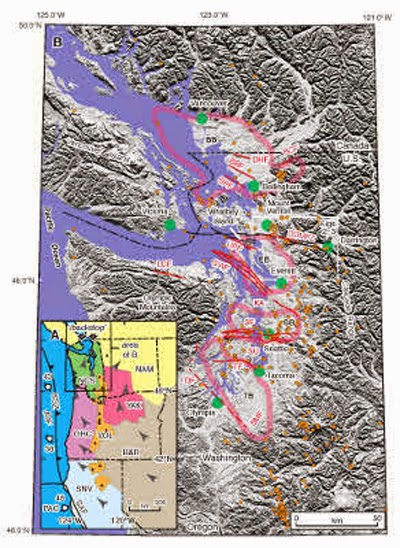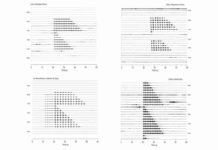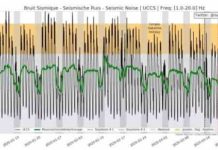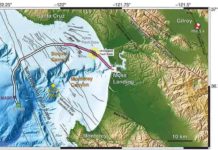
Boulder, Colo., USA – Seismic hazards in the Puget Lowland of northwestern Washington include deep earthquakes associated with the Cascadia subduction zone and shallow earthquakes associated with crustal faults across the region. Research presented in Geosphere this month establishes not only that one of the more prominent crustal faults, the Darrington-Devils Mountain fault zone, displays evidence of strong earthquakes in the past, but that it will likely be a source of strong earthquakes in the future.
Paleoseismic investigations on the Darrington-Devils Mountain fault zone by Stephen F. Personius and colleagues, using three-dimensional trenching, document a large-magnitude (M 6.7 to 7.0) earthquake about 2,000 years ago and show evidence of a similar earthquake about 8,000 years ago.
An additional surprising result is evidence indicating that the sense of slip on the fault zone during these earthquakes was primarily right-lateral, with a smaller component of north-side-up vertical slip. Holocene north-side-up, right-lateral oblique slip is opposite the south-side-up, left-lateral oblique sense of slip inferred from deformation of Eocene and older rocks along the fault zone. According Personius and colleagues, the cause of this slip reversal is unknown, but may be related to ongoing clockwise rotation of northwestern Washington State into a position more favorable to right-lateral slip in the current stress field.
Note : The above story is based on materials provided by The Geological Society of America










